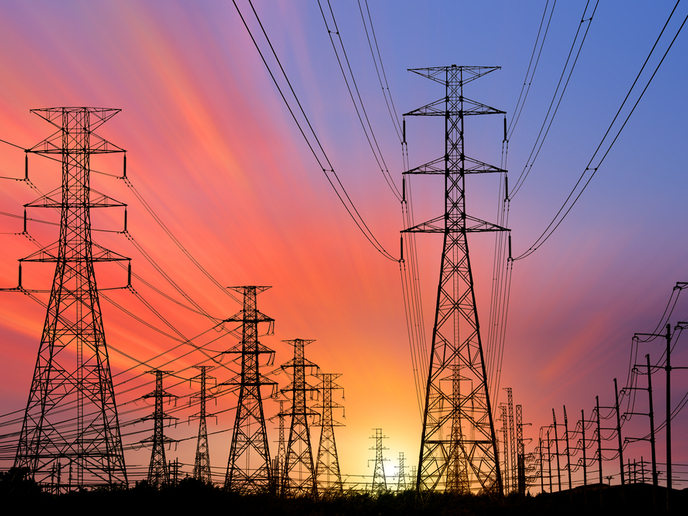Best electrolyser/photovoltaics combinations demonstrated in test fields
It all comes down to electrolysis. By combining photovoltaic (PV) modules with electrolyser systems, you can convert excess electricity into hydrogen and use it later, as demand starts exceeding supply. No more need for backup batteries or DC-DC converters. The hydrogen can be used in multiple industry processes, and users are provided with a zero-net carbon energy cycle, from generation to storage and use. The PECSYS (Technology demonstration of large-scale photo-electrochemical system for solar hydrogen production) project aimed to advance this technology by exploring various combinations of electrolysers and PV cells. “Initially the plan was to test different materials and then select the best for final implementation in a demonstrator. However, we soon learned that different approaches provide different benefits. Instead of deselecting several options and keeping only one, we therefore decided to investigate a number of technologies,” says Sonya Calnan, group lead, photovoltaics to fuels technology at the Helmholtz Zentrum Berlin (HZB) and project coordinator.
Coupled or integrated?
On the electrolyser front, the consortium focused on both direct coupling and PV-integrated electrolysers. The direct coupling of PV and electrolysers is not new, but the team found there was still scope to optimise their engineering. As Calnan explains: “Our colleagues at Forschungszentrum Jülich developed unique polymer electrolyte membrane PEM stacks with reduced platinum group catalyst loading and systems. These receive water input only on the cathode side. In so doing, we reduce the complexity and lower the cost of our solution compared to conventional electrolysers.” PV-integrated electrolysers, on the other hand, were chosen to fill an existing research gap. No study had ever demonstrated their long-term outdoor operation in sizes exceeding laboratory scale. Both HZB and Uppsala University filled this gap, while avoiding the use of platinum group metals for catalysts and using proven PV technologies for capturing solar energy. On the PV front, the consortium opted respectively for silicon heterojunction PV cells and CuInGaSe PV cells. They chose the former because of their high solar to electricity conversion efficiency, low temperature coefficient, high open circuit voltage and their intrinsic bifacial ability. Finally, the move was justified by existing plans to build one or more big manufacturing facilities in Europe. “CuInGaSe PV cells, on the other hand, were chosen because the bandgap is easily tuned. We can optimise the matching of the voltage of the PV and electrolysis cells based on local climatic conditions at the operation site,” Calnan adds.
Test fields
The project’s two most notable outcomes are undoubtedly its test field demonstrations. In Jülich, Germany, project partners set up a solar collection area of 8.2 m². It consists of full-sized silicon heterojunction modules and CuInGaSe modules connected to detached PEM electrolysers. The installation generated an average of 42.9 g/h of hydrogen with an average solar to hydrogen efficiency of 10 % over 1 month of continuous outdoor operation. A second demonstration by the Italian Research Council in Catania, Italy involved a 730 cm² collection area using silicon heterojunction PV modules in bifacial operation. “Bifaciality represents an innovative solution to increase the hydrogen production yield without increasing cost. We could demonstrate a solar to hydrogen efficiency of 13.5 % and a hydrogen production rate of 307 mg/h at a solar irradiation level of 1 000 W/m2 and an ambient temperature of 25 °C. This is an increase of 14 % compared to a monofacial operation,” Calnan and her colleagues explain. The project is set for completion in December 2020. In the meantime, the team will be completing the final assembly of the integrated demonstrators as well as quantifying the benefits of their solutions. In the long run, they hope the project will contribute to new ideas for the deployment of low-cost, autonomous renewable energy systems.







